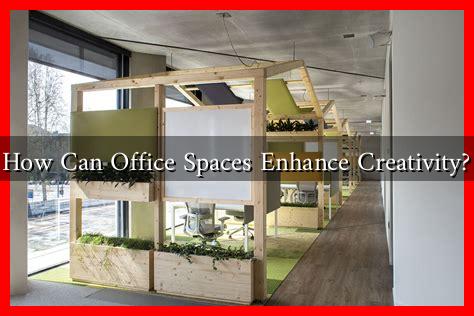-
Table of Contents
How Can Office Spaces Enhance Creativity?
In today’s fast-paced business environment, fostering creativity within the workplace has become a crucial factor for success. Companies are increasingly recognizing that the design and layout of office spaces can significantly influence employee creativity and productivity. This article explores how office spaces can enhance creativity, backed by research, examples, and practical insights.
The Importance of Creative Workspaces
Creativity is not just a trait; it is a skill that can be nurtured and developed. According to a study by the Forbes Human Resources Council, organizations that prioritize creativity see a 1.5 times higher market share growth than those that do not. This statistic underscores the importance of creating an environment that encourages innovative thinking. Here are several ways office spaces can enhance creativity:
1. Flexible Layouts
Traditional office layouts often confine employees to cubicles, which can stifle creativity. Flexible layouts that include open spaces, collaborative areas, and quiet zones can significantly enhance creative thinking. Consider the following:
- Open Spaces: These areas encourage spontaneous interactions and brainstorming sessions among employees.
- Breakout Rooms: Designated spaces for team discussions can foster collaboration and idea generation.
- Quiet Zones: Providing areas for focused work allows employees to concentrate and develop their ideas without distractions.
Companies like Google and Facebook have successfully implemented flexible office designs that promote collaboration and creativity. Their workspaces feature a mix of open areas, lounges, and private rooms, allowing employees to choose the environment that best suits their needs.
2. Incorporating Nature
Biophilic design, which integrates natural elements into the workplace, has been shown to enhance creativity. Research indicates that exposure to nature can improve cognitive function and reduce stress levels. Here are some ways to incorporate nature into office spaces:
- Indoor Plants: Adding greenery can improve air quality and create a calming atmosphere.
- Natural Light: Maximizing natural light through large windows or skylights can boost mood and energy levels.
- Outdoor Spaces: Providing access to outdoor areas for breaks can stimulate fresh ideas and perspectives.
A study published in the journal Landscape and Urban Planning found that employees with views of nature reported higher levels of creativity and job satisfaction.
3. Encouraging Personalization
Allowing employees to personalize their workspaces can lead to increased ownership and motivation. Personal touches can inspire creativity and make employees feel more comfortable. Consider these strategies:
- Customizable Workstations: Allow employees to choose their desk arrangements, decor, and lighting.
- Art Displays: Encourage employees to showcase their artwork or creative projects in communal areas.
- Personalized Break Areas: Create spaces where employees can relax and recharge, filled with items that reflect their interests.
Companies like Zappos have embraced this approach, allowing employees to decorate their workspaces, which has led to a more vibrant and creative atmosphere.
4. Technology Integration
Incorporating technology into office spaces can also enhance creativity. Tools that facilitate collaboration and innovation are essential in modern workplaces. Here are some examples:
- Collaboration Software: Platforms like Slack and Microsoft Teams enable real-time communication and idea sharing.
- Virtual Reality: VR can be used for brainstorming sessions, allowing teams to visualize concepts in a 3D space.
- Interactive Whiteboards: These tools can facilitate brainstorming and idea mapping during meetings.
According to a report by Gartner, 75% of HR leaders plan to increase investments in technology to support remote work, highlighting the importance of tech in fostering creativity.
Conclusion
In conclusion, the design and layout of office spaces play a pivotal role in enhancing creativity among employees. By implementing flexible layouts, incorporating nature, encouraging personalization, and integrating technology, organizations can create an environment that fosters innovative thinking. As businesses continue to evolve, prioritizing creative workspaces will be essential for staying competitive and driving growth. Investing in an inspiring office environment is not just a trend; it is a strategic move that can lead to greater creativity, collaboration, and ultimately, success.

